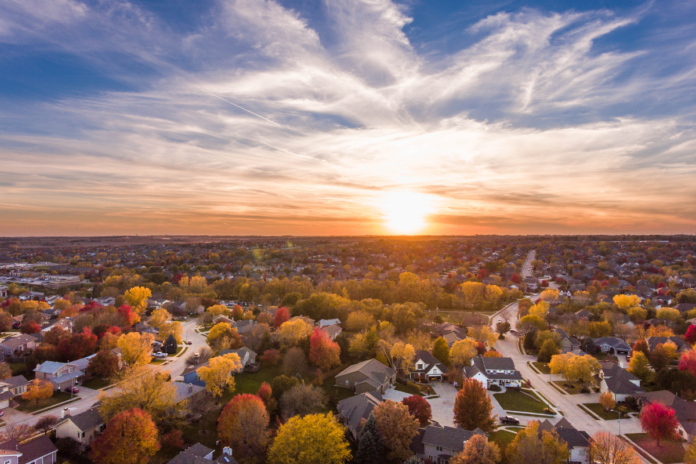Everyone lives in an age where environmental consciousness is on the rise. People are always looking for ways to minimize their environmental impact and lead their lives more sustainably.
One way to achieve that goal is by exploring alternative ways to heat their homes. Many householders rely on conventional gas or electric heating systems, yet sadly those methods are seldom eco-friendly (or at least, their heating fuel sources are not).
Take a look at the following seven examples of how eco-conscious householders and homeowners are bucking the trend by embracing greener ways to keep themselves warm at home:
1. Ground-Source Heat Pumps
Ground-source or “geothermal” heat pumps utilize underground pipes containing a water and antifreeze mix capable of absorbing heat.
They are ideal because underground temperatures are generally higher than ambient above-ground ones during the colder months.
They contain two components:
- A ground loop – a series of pipes buried deep underground;
- A heat pump – a device installed in the home that helps circulate the warm fluid from the ground loop to the property.
The warm fluid pumped from the heat pump goes through a heat exchanger. Heat from the fluid gets extracted and absorbed by the refrigerant, resulting in hot vapor that passes through a compressor to raise its temperature further.
Finally, the hot refrigerant passes through another heat exchanger and circulates through radiators in each room of the home.
2. Air-Source Heat Pumps
Air-source heat pump systems work very similarly to ground-source systems, as described above. The significant difference between the two is that air-source systems use ambient air from above ground instead of the heated fluid underground as their source.
An advantage of air-source heat pump systems is that the process can also provide cool air in a home during the warmer months of the year by reversing the process used for heating.
3. Waste-To-Energy Solutions
Another eco-friendly way to heat your home is using a waste-to-energy (WTE) solution. In a nutshell, WTE solutions convert solid waste matter into electricity or heat.
They aren’t something you would install in your home, but they can help serve a local community, for instance. WTE systems contain various processes to filter out recyclable materials, burn non-recyclables, and recover the heat to use for electricity generator turbines.
The heat, of course, is also used for heating purposes, given that the temperatures of the combustion process can reach up to 1,200 degrees Celsius (2,192 degrees Fahrenheit).
4. Landfill Gas Utilization
Did you know that by-products of waste can also get used for providing heat to homes? For example, landfill gas extracted from landfill sites can safely convert into heat energy.
When organic materials in landfill sites break down, they produce gasses like methane and carbon dioxide. Landfill gas is extracted and processed in several ways before being distributed through a district heating system.
Such systems distribute the heat to nearby homes as an eco-friendly heating source, plus the gasses can also get converted into electricity and supplied to those same properties.
5. Biomass Heating Systems
Another option people can consider is biomass heating systems. They use organic materials like wood pellets and agricultural waste as fuel sources in a combustion chamber, where they get burned, and the resulting heat gets transferred to a heat exchanger.
The heat, transferred to either air or a liquid in the heat exchanger, gets circulated through a network of ducts or pipes throughout the home, resulting in an eco-friendly way to heat your home or generate hot water.
6. Micro Combined Heat And Power (CHP) Systems
Sometimes people may not have readily-available access to renewable energy sources like wood pellets for biomass heating systems or waste gasses from a nearby landfill site, nor do they have access to mains gas networks.
In those cases, one alternative might be for communities to invest in a micro combined heat and power or CHP system. They use small generators powered by propane or natural gas to create heating and electricity for residential properties.
7. Solar Heating Systems
One final alternative that everyone can consider is solar heating systems. Most people associate solar photovoltaic (PV) panels and related systems with generating electricity for free from the sun.
But they’re also a viable way to heat a water tank and distribute the hot water to radiators throughout the home. The fluid distributed inside a property is usually a mix of water and antifreeze, and the water tank is insulated to ensure the system stays warmer for longer.
They can also work alongside conventional heating systems.










